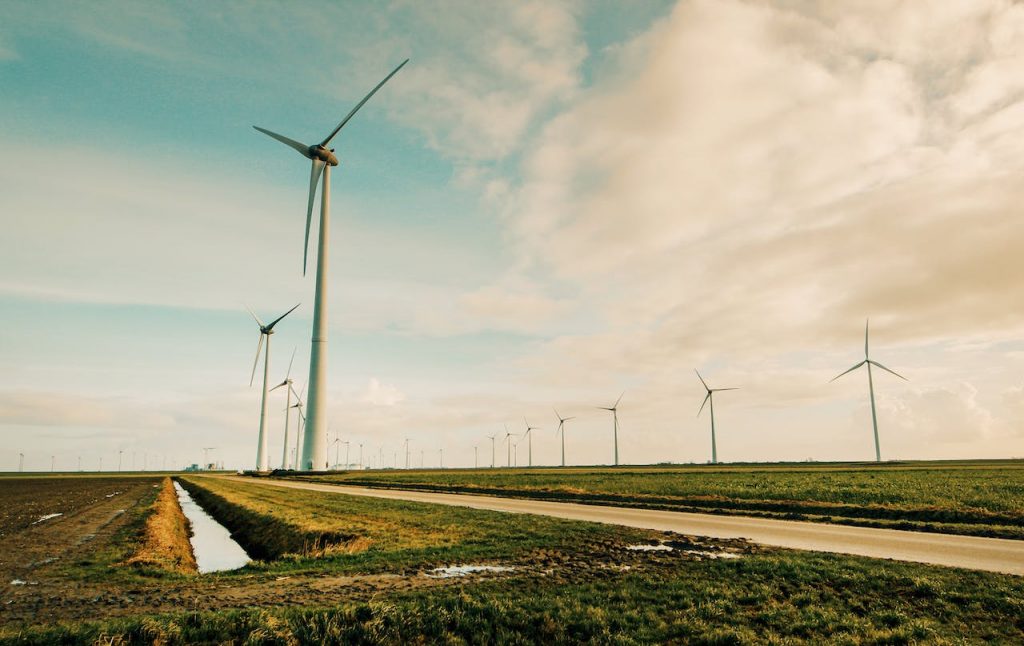
As the world faces climate change, the shift towards renewable energy is increasingly in the spotlight. However, the financial implications of this transition are complex and significant. This article examines the costs of renewable energy and emphasizes the lasting value and efficiency of traditional energy sources such as oil and gas. It aims to give oil and gas investors insights and practical strategies to adapt to the changing energy landscape.
The Expense of Renewable Energy
The drive towards renewable energy, including wind, solar, hydroelectric, and geothermal power, is mainly aimed at reducing carbon emissions. Yet, the economic burden of this shift is significant. For example, Denmark and Germany, leaders in renewable energy, now face some of the highest energy prices in the developed world. Generally, renewable technology is considerably more expensive than that from conventional sources. These costs arise from different factors, including the early stage of renewable technologies and the complexities in supply and demand dynamics.
The Evolution of Renewable Energy
Historically, wind turbines have been used since the 1880s, but large-scale wind and solar energy developments are relatively recent. The market is dominated by a few manufacturers, leading to supply bottlenecks and high prices. Additionally, renewable energy sources impose extra costs on the electricity grid. Their remote locations demand expensive infrastructure for connectivity, and their intermittent output requires a constant backup from traditional power sources, further increasing costs.
contact dw energy
Want to learn more about oil & gas investing? Our expert team can provide you with more information or schedule a consultation to talk about diversifying your investment portfolio.

The Broader Economic Impact
The high costs of renewable energy have important consequences. Rising energy prices may cause manufacturing to move to countries with more relaxed environmental policies, potentially leading to an increase in global carbon consumption. To avoid power shortages, governments might extend the lifespan of coal-powered plants, which counters environmental goals. This situation has renewed interest in alternatives such as nuclear power and, more importantly, highlights the ongoing importance of oil and gas as stable and cost-efficient energy sources.
Clean Energy Projects and Their Reliance on Fossil Fuels
The shift towards clean energy is often seen as a move away from fossil fuels, but in reality, it complements the fossil fuel industry. For example, steel, a vital material in most renewable energy structures, largely depends on fossil fuels for its production. The World Coal Association states that 70% of steel is produced using metallurgical coal, and all steel manufacturing requires oil and gas. Thus, the transition to clean energy represents a mutually beneficial relationship rather than a competition.
For investors in the oil and gas sector, these trends offer key opportunities:
- Emphasize stability and efficiency – Advocate for the reliability and economic efficiency in energy systems. Traditional energy sources play a key role in ensuring the reliability and economic efficiency of energy grids, vital for meeting consistent demand.
- Invest in modernization – Support innovations within the oil and gas industry to enhance environmental performance and efficiency, reinforcing their role in the energy mix.
- Back government efforts that strengthen the fossil fuel industry – Currently, three major laws are driving demand and growth: The Infrastructure Investment and Jobs Act, the Inflation Reduction Act, and the CHIPS Act.
- Promote policy balance – Engage in policy discussions to ensure a balanced approach to energy that recognizes the vital role of traditional energy sources alongside renewables.
- Stay informed – Keep updated on developments in both renewable and traditional energy sectors to make informed investment decisions that align with market trends and policy shifts.
While renewable energy is an important part of the global response to climate change, its high costs and logistical challenges highlight the continuing importance of traditional energy sources like oil and gas. For investors, understanding these dynamics and leveraging the strengths of conventional energy sources are key to navigating the energy transition effectively and profitably.
Contact dw energy
Sources:
“Mapped: Global Energy Prices, by Country in 2022,” Visual Capitalist, https://www.visualcapitalist.com/mapped-global-energy-prices-by-country-in-2022/
“Simon Michaux, PhD, Geological Survey Finland – Not enough metals for total electrification,” Renewable Crude Derived Energy Association, https://rincrude.com/?p=1762
“History of wind power,” U.S. Energy Information Association, https://www.eia.gov/energyexplained/wind/history-of-wind-power.php
“The effect of renewable energy incorporation on power grid stability and resilience,” Science Advances, https://www.science.org/doi/10.1126/sciadv.abj6734
“Coal Facts,” Future Coal, https://www.futurecoal.org/coal-facts/coal-steel/
“Biden-Harris Administration Announces Up To $1.2 Billion For Nation’s First Direct Air Capture Demonstrations in Texas and Louisiana,” U.S. Department of Energy, https://www.energy.gov/articles/biden-harris-administration-announces-12-billion-nations-first-direct-air-capture
